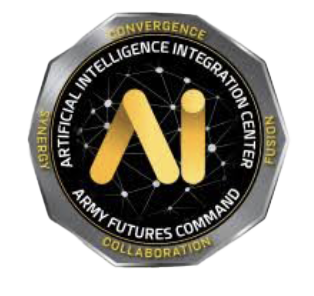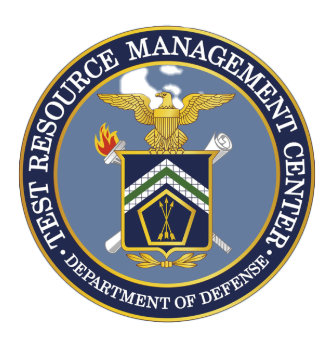
The Software Factory for the AI Era
Secure. Scalable. Mission-Driven.

Where artificial intelligence meets enterprise-grade security
Crystal Tower embeds AI-powered execution at every stage of the development lifecycle, from requirements to deployment and ongoing operations.
Our platform has security and compliance engineered into the foundation, with intelligence at every layer.
Core Capabilities
Security-First Architecture
Zero Trust secured with post-quantum encryption.
Compliance Automation
Real-time compliance monitoring and validation.
Deployment Flexibility
Deploy anywhere - commercial/government clouds, air-gapped networks, and tactical edge.
Native AI Integration
AI woven throughout to enhance productivity and security.

Zero Trust Access
Secure access to critical applications with SocketZero, our military-grade Zero Trust solution

AI-Powered Pipelines
Enhancing development workflows with AI-driven analysis and intelligent automation
Build
Initialize Project
Compile Source
Generate Assets
Test
Unit Tests
Integration Tests
Performance Tests
Evaluate
Security Scans
Code Quality
Compliance Check
AI-Powered Analysis
Security Review
Code Review
Performance Analysis
Vulnerability Review
Deploy
Development Deployment
Staging Deployment
Waiting for dependencies
Production Deployment
Waiting for dependencies

Deployment Flexibility
Maintain complete control over where your data resides, meeting security requirements, compliance needs, and performance goals.
Production Deployment

Ground Station
Satellite
Edge Aircraft


Transform Your Secure Software Delivery
Want to learn more?
Explore how Crystal Tower can transform your secure software delivery.
Schedule callPurchase on AWS Marketplace
Deploy Crystal Tower directly through AWS Marketplace.
Coming Soon
Our Customers

U.S. Army

U.S. Air Force

Platform One

Kessel Run

Artificial Intelligence Integration Center (AI2C)

Centers for Medicare & Medicaid Services

LevelUp

Test Resource Management Center

U.S. Army

U.S. Air Force

Platform One

Kessel Run

Artificial Intelligence Integration Center (AI2C)

Centers for Medicare & Medicaid Services

LevelUp
